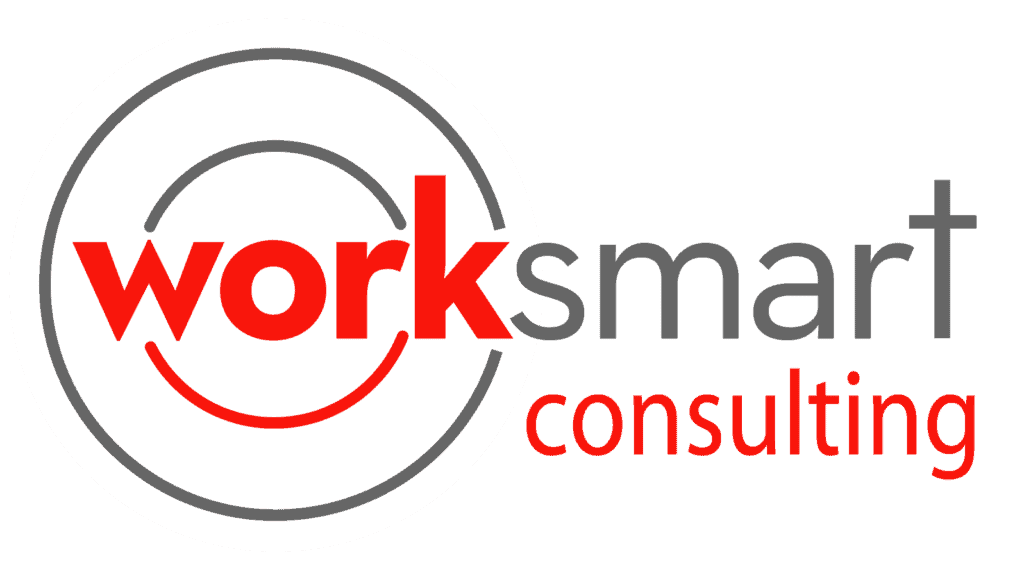Leadership often requires strength, vision, and stamina. But what happens when the leader is running on empty?
Burnout is not just a buzzword—it’s a real and rising challenge, especially for leaders who carry the emotional and strategic weight of entire teams.
According to Dr. Cynthia Howard, CEO of the Work Smart Club and a nationally recognized executive coach, burnout isn’t a personal failure—it’s a warning signal.
“Burnout doesn’t mean you’re weak—it means your internal capacity is out of alignment with your current demands,” Howard said.
So how do you keep leading when you’re the one feeling drained?
With the right strategies, it’s possible to lead effectively even when your energy is low—but only if you begin by acknowledging what’s happening and reclaiming your clarity.
Using insights from Howard’s Work Smart Principle, here are three practical tips to help you lead through burnout while protecting your capacity.
Know What It Will Cost You
Every task, meeting, and decision requires energy—and when your tank is already low, you need to know what each effort will cost. Before taking something on, ask yourself:
- How much energy will this require?
- Is this the best use of my time right now?
- Can I delegate or delay this?
By evaluating energy costs the same way you evaluate a budget, you avoid overspending your internal resources.
Get Crystal Clear on What You’re Trying to Achieve
Burnout thrives in vagueness. When your goals are unclear, everything feels urgent. Howard emphasizes the power of clarity—knowing exactly what outcome you need, and what steps will get you there. This eliminates noise and helps you focus your limited energy where it counts.
Try this:
- Define the single most important goal for the week.
- Break it into no more than three actionable steps.
- Say no (or not now) to everything else.
This clarity keeps your focus tight and your energy from being scattered.
Eliminate Energy Drains
Not every drain on your energy is external. Often, it’s the internal distractions—perfectionism, guilt, overthinking—that sabotage your momentum. Howard’s Work Smart framework helps leaders identify these hidden traps and replace them with intentional habits.
For example:
- Replace mental multitasking with time-blocking.
- Trade guilt for boundaries.
- Let go of the need to be the fixer for everyone else.
Burnout doesn’t mean you have to give up your role—it means it’s time to lead differently. At the Work Smart Club, leaders learn how to create Capacity + Clarity, the foundation of sustainable leadership.
You’ll gain tools that:
- Refill your energy tank, not just your to-do list
- Reconnect you to purpose
- Help you lead with integrity—even during your hardest seasons
Howard offers a roadmap for real recovery and renewed impact. If you’re tired of pushing through and want to start leading smarter, not harder, join the growing number of professionals who are transforming how they work—with Work Smart.
👉 Learn more at worksmartclubnetwork.com






Responses